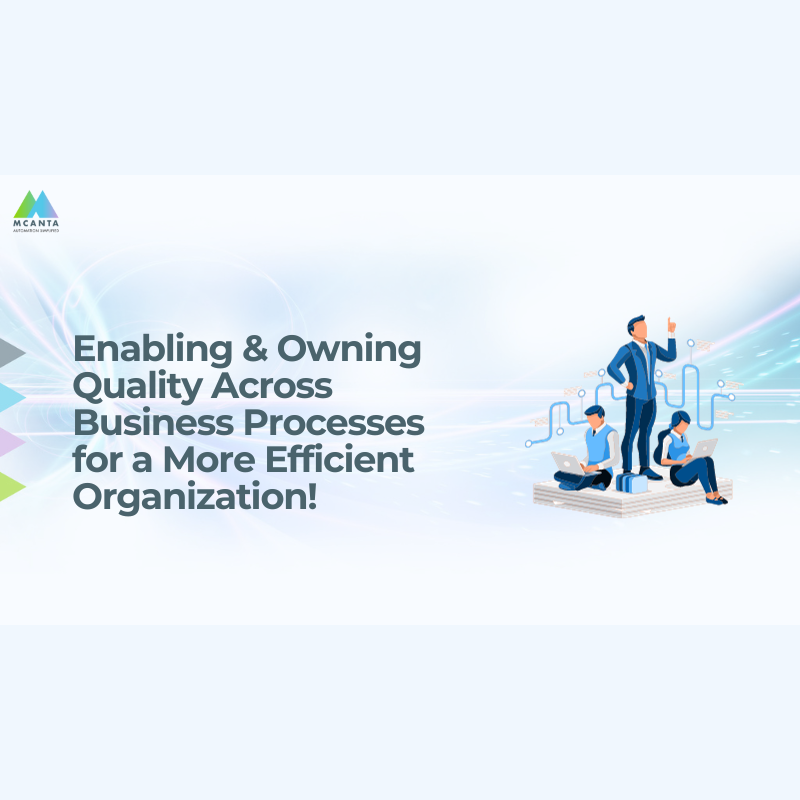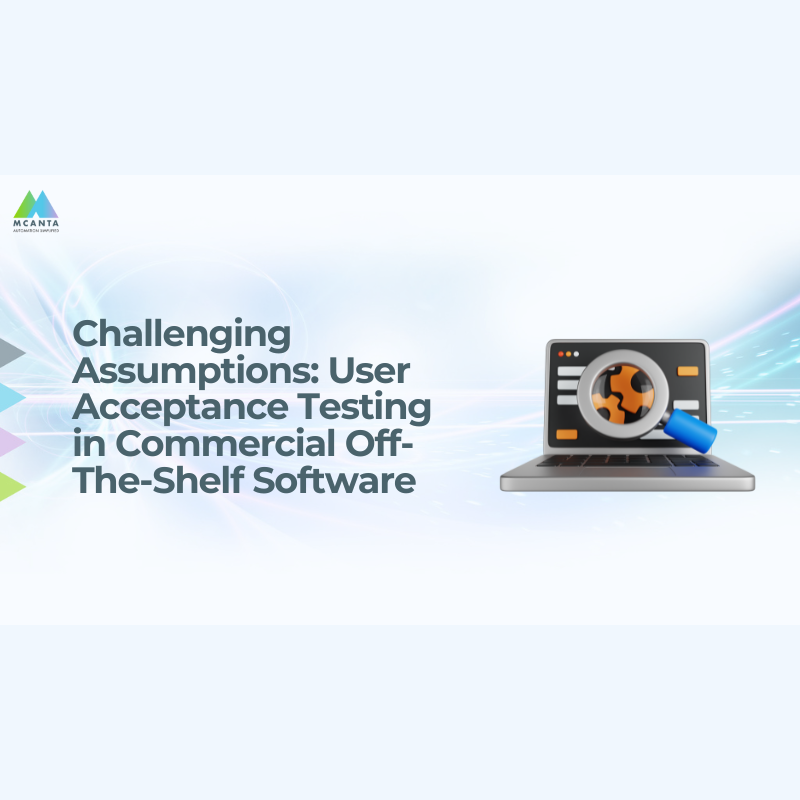A good friend said, “Have you ever noticed that people only talk about quality when it is missing?” In general, I tend to agree, but I do see a growing number of people who connect the value of keeping quality front of mind while they are delivering solutions to their organizations. Even with the constant pressure of patching more frequently (security), bi-weekly sprints, releasing features across a growing number of products to support a new or improved business process, or just managing their user/customer experience across any combination of on-premise, hosted, or platform services, these folks live by “a stitch in time saves nine.”
What is quality? It is simply reducing risk and building confidence that the systems will perform.
In more detail,
- That the application does what we said it would do
- That it will do it all the time
- That it performs as fast as it is baselined
- That new processes didn’t break old processes
- That it works on multiple devices
- That it works around the world
- That we understand the edge and limits
This list varies for everyone, and the weight for each point varies, but this is a good starting point for defining quality at organizations. The backend metrics take some time to develop because it’s not just one thing – it’s about how the connected metrics work together. Technical debt affects code quality, code quality affects function quality, and functional quality affects release quality, … the combinations and dependencies go on and on!
If you are starting to think about quality, don’t focus on measuring all these things once; start small and build over time. Don’t just think of a list of things to measure; take the time to understand how you will measure them. Before you begin, remember the Stockdale paradox from Good to Great by Jim Collins:
“Retain faith that you will prevail in the end, regardless of the difficulties and at the same time confront the most brutal facts of your current reality, whatever they might be.”
Here are a few quality categories to think about and some possible metrics.
| Customer experience How the system meets its users’ needs. |
|
| Flow of value How much development efforts add value. |
|
| Quality in production How faultless the version in production is. |
|
| Release quality How faultless the next version to be released is. |
|
Owning quality across your organization takes time. Take it step by step.
MCANTA helps companies achieve competitive advantage through sensible digital transformation, automating software quality assurance, and business process automation. Contact Us for a free analysis of your unique needs.




